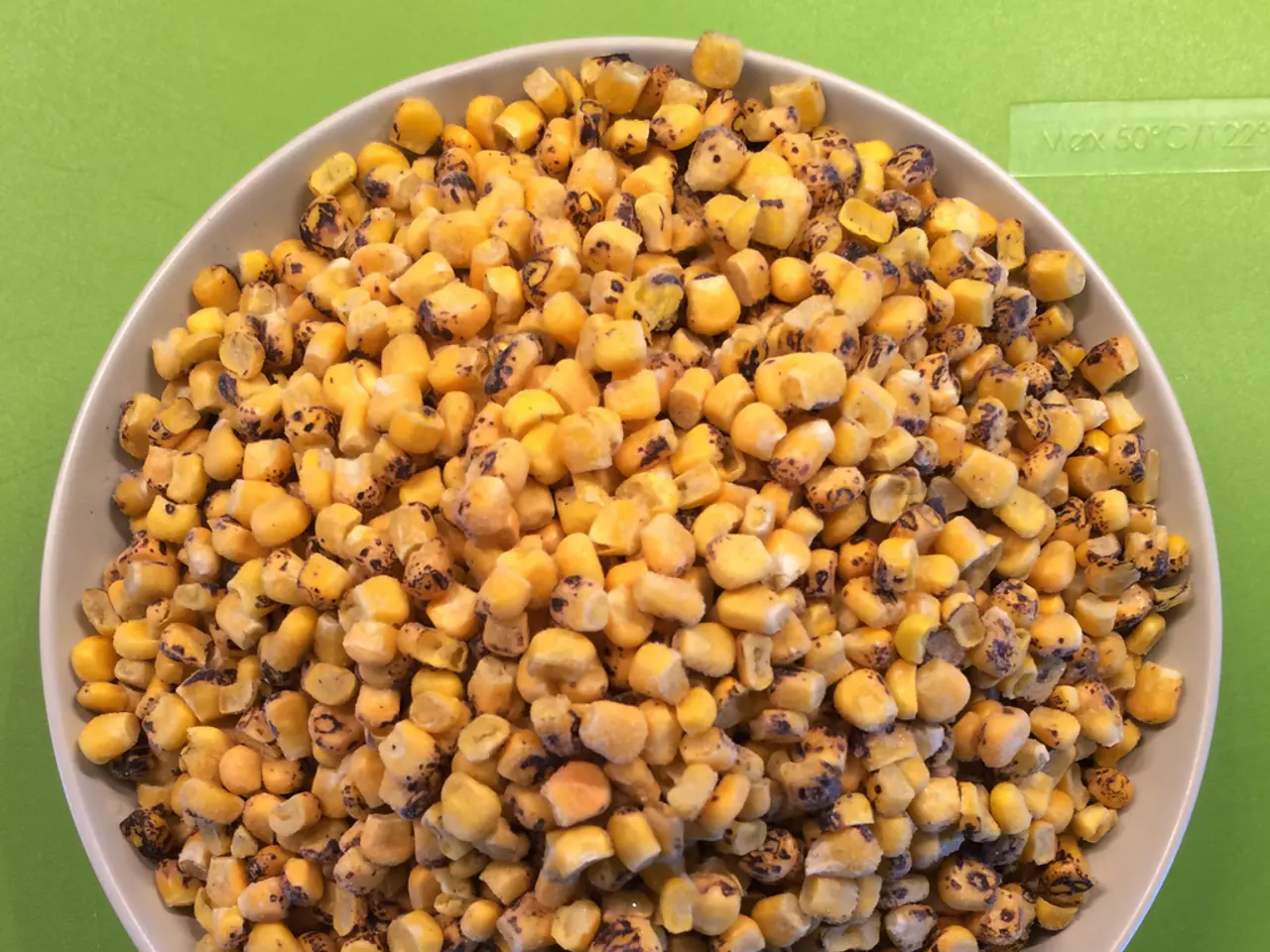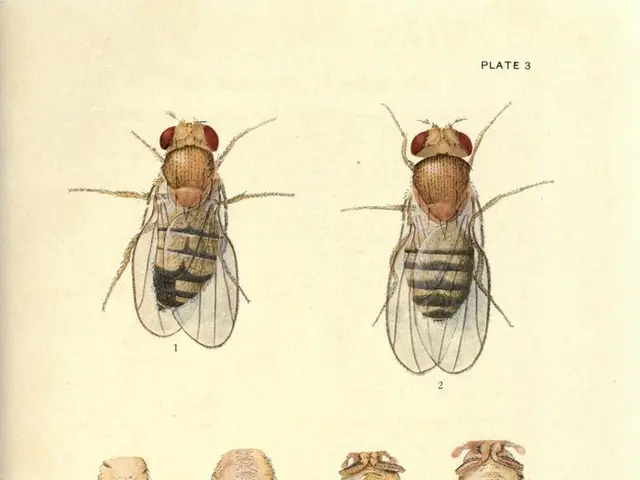Tips for First-Time Gardeners: Decoding Seed Packets like a Pro
The back of a seed packet is a treasure trove of information for gardeners, providing essential details to help grow plants successfully.
Understanding everything on the back of the packet is crucial when it comes to starting and planting seeds. Here's a breakdown of the key terms you'll encounter:
- Planting instructions: These outline the best way to plant the seeds, including the optimal season or temperature range for germination.
- Seed variety: This refers to the type or cultivar of the plant the seeds will grow into. Some seeds are hybrids, also known as F1 seeds, which have been bred for specific traits.
- Lifecycle (annual/perennial): This indicates whether the plant completes its life cycle in one year (annual) or lives for multiple years (perennial).
- Sun requirements: This specifies the amount of sunlight the plant needs, such as full sun or partial shade.
- Spacing: This is the distance recommended between seeds or plants to allow for healthy growth.
- Planting depth: This tells you how deep the seeds should be sown in the soil.
- Germination time: This is the expected time in days for seeds to sprout.
- Harvesting guidelines: These provide information on when and how to harvest the mature plants or produce.
In addition, the seed packet may provide valuable information such as planting depth, plant height at maturity, plant spacing, planting instructions, plant description, and use by date. Some seed packets also contain logos indicating the seed is Certified Organic or Non-GMO.
The seed's resistance to certain diseases is designated by letters referencing that disease. The packet may also provide thinning instructions for plants that need to be thinned to make sure the maturing plants have enough space to grow.
The back of a seed packet often includes a little map of the country with colored regions, which helps you find your growing zone and the corresponding planting time. The lot number and growing year the seed was packaged for is sometimes included on the seed packet.
Starting from seeds is an extremely cost-effective way to grow flowers and vegetables. When choosing the right seeds for your garden, you might opt for only heirlooms to save seeds, or for non-GMO crops. Heirloom plants, also known as open-pollinated plants, are generally 50-100 years old.
By familiarising yourself with the information on the back of a seed packet, you'll be well-equipped to grow a thriving garden from the seeds provided. Happy planting!
Incorporating seeds from home-and-garden stores into your garden can be beneficial, as it provides an opportunity to grow plants based on the specific lifecycle details (annual/perennial) listed on the seed packet. To ensure a successful garden, it's essential to consider factors such as planting depth, spacing, and sun requirements mentioned in the planting instructions on the packet. Additionally, engaging in gardening activities by starting from seeds can foster a rewarding lifestyle of cultivating plants and enjoying home-grown produce.




